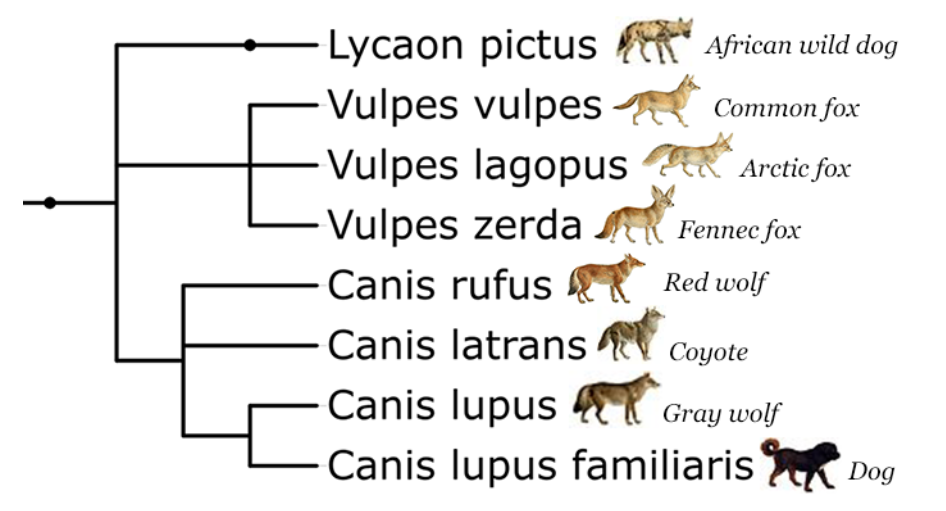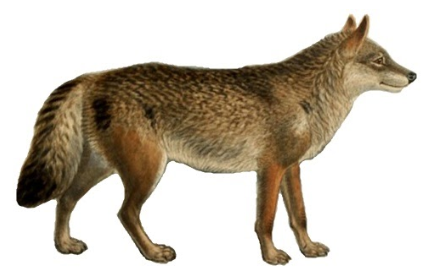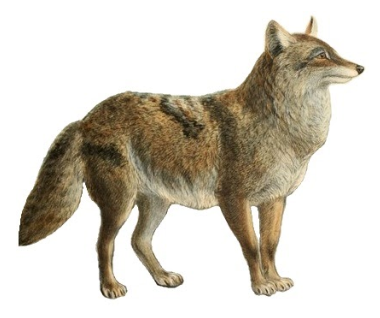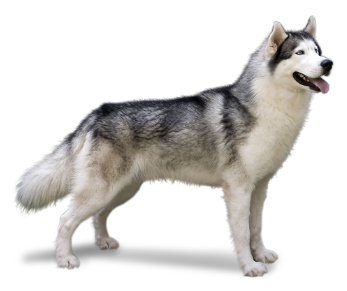Investigation: Phylogenetic Trees
- Page ID
- 27941
This page is a draft and is under active development.
Part 1: Is a dog more closely related to a coyote or a wolf?
|
|
Gray Wolf Species Name: Canis lupus Color: Light gray to black Size: 80-120 pounds, 2.5 feet tall Appearance: broad snout, round ears, long tail |
|
|
Coyote Species Name: Canis latrans Color: Light gray to brown Size: 20-50 pounds, 1.5 feet tall Appearance: narrow snout, pointed ears, long tail |
|
|
Dog, Alaskan Malamute Species Name: Canis lupus familiaris Color: Gray and white or brown and white Size: 70-80 pounds, 2 feet tall Appearance: broad snout, round ears, long tail |
- Examine the images and descriptions above. Underline any similarities between the dog and the wolf. Place a star ✭ next to any coyote traits that are similar to the dog.
- Based on appearance alone, which do you think is the most closely related to a dog?
Part 2: Phylogenetic Trees
Once scientists learned how to sequence DNA, that became a great resource for determining relationships. A phylogenetic tree shown below is based on DNA evidence and similarities in appearance.

3. Branch points are called “nodes” and they indicate a more recent common ancestor from which each branch species has descended from.
- Place a box to indicate the node or common ancestor of all the fox species.
- Place a triangle to indicate the node or common ancestor of all the canis species.
4. Which two members of the canis group have the most recent common ancestor?___________________
5. A species name has two words, a system called BINOMIAL NOMENCLATURE. The first word of a species name refers to its GENUS. For example, wolves, coyotes and dogs all belong to the genus “CANIS.”
What is the genus for the foxes? ________________________________
6. In some cases, a third name is given to the animal to indicate a SUBSPECIES.
What animal on the chart is a subspecies? _______________________________________
What is this animal’s full scientific name? _______________________________________
7. Final Synthesis: Is a dog more closely related to a coyote or a wolf? ______________________ Provide EVIDENCE from the phylogenetic tree to support your position.
8. Extension: Is a red wolf or a domestic dog more closely related to a common fox? Use the phylogenetic tree to explain your answer.
Follow up video on dog evolution: ~ 5 minutes




